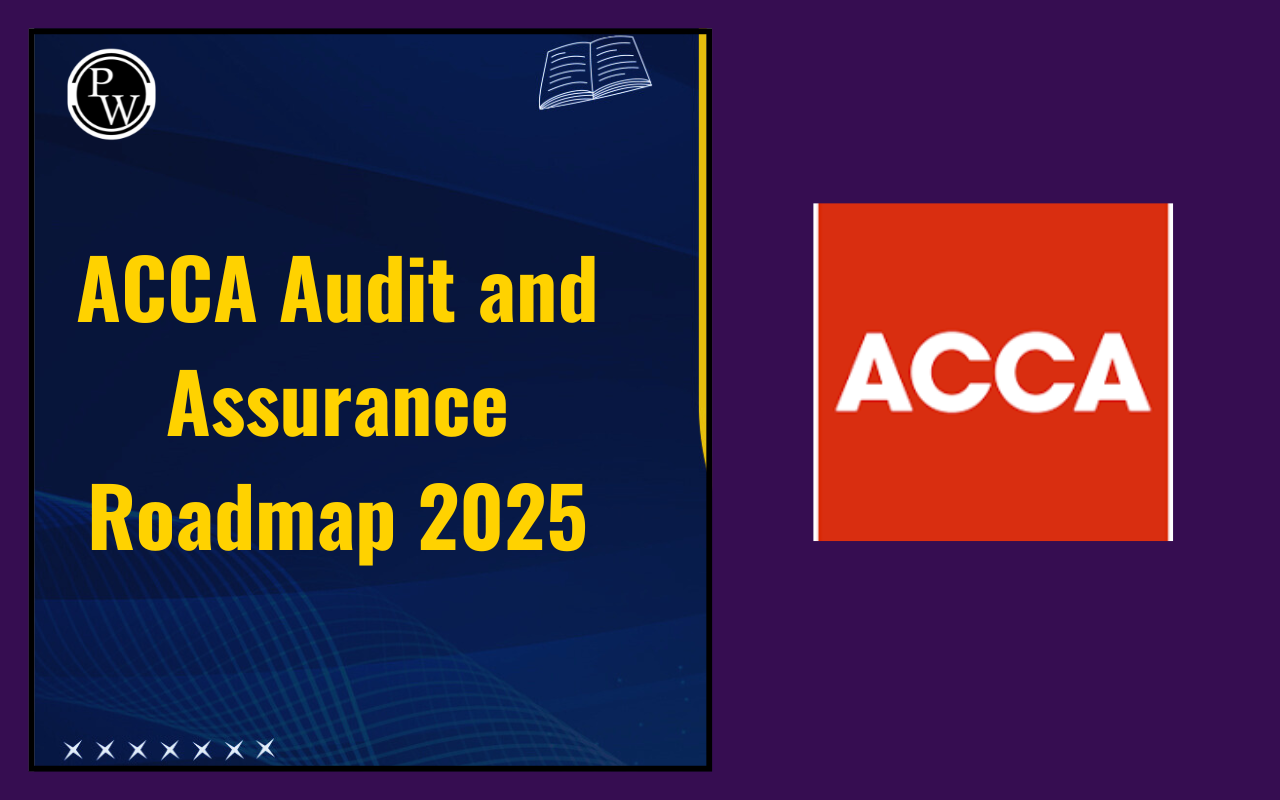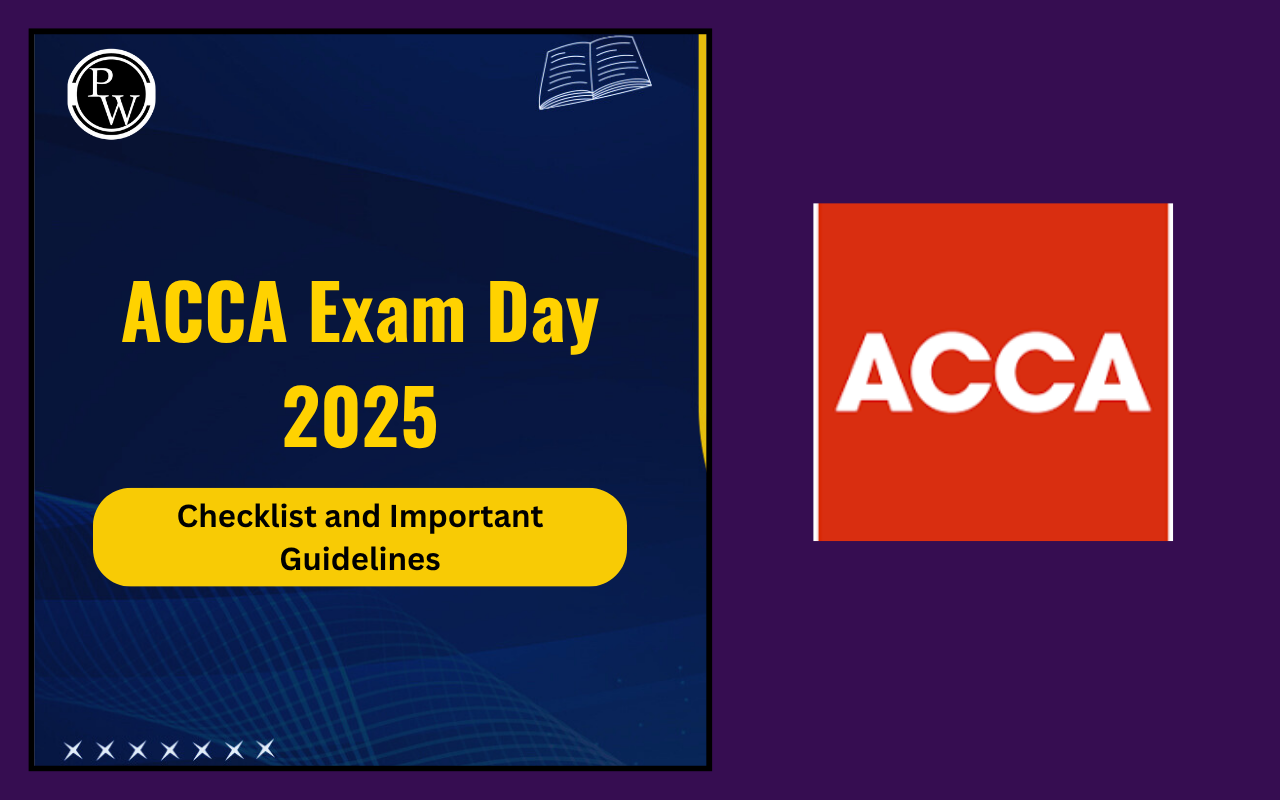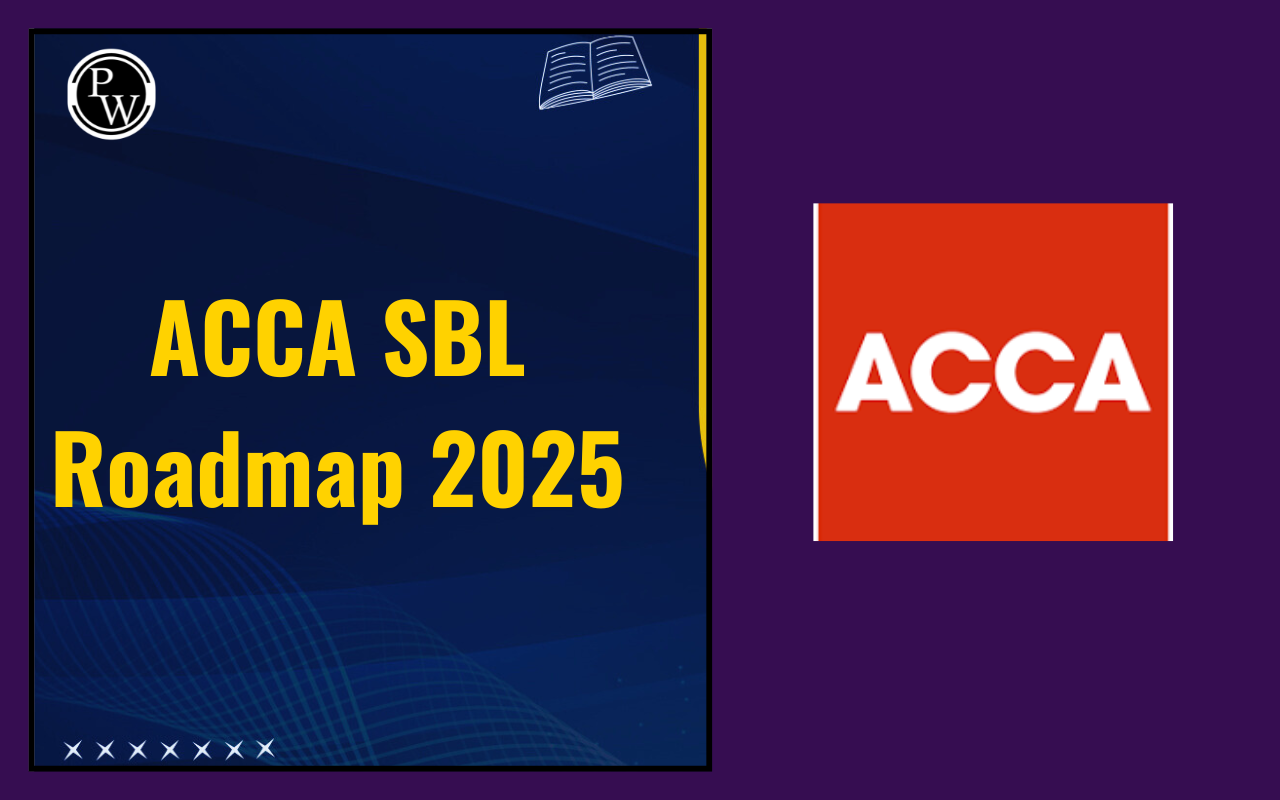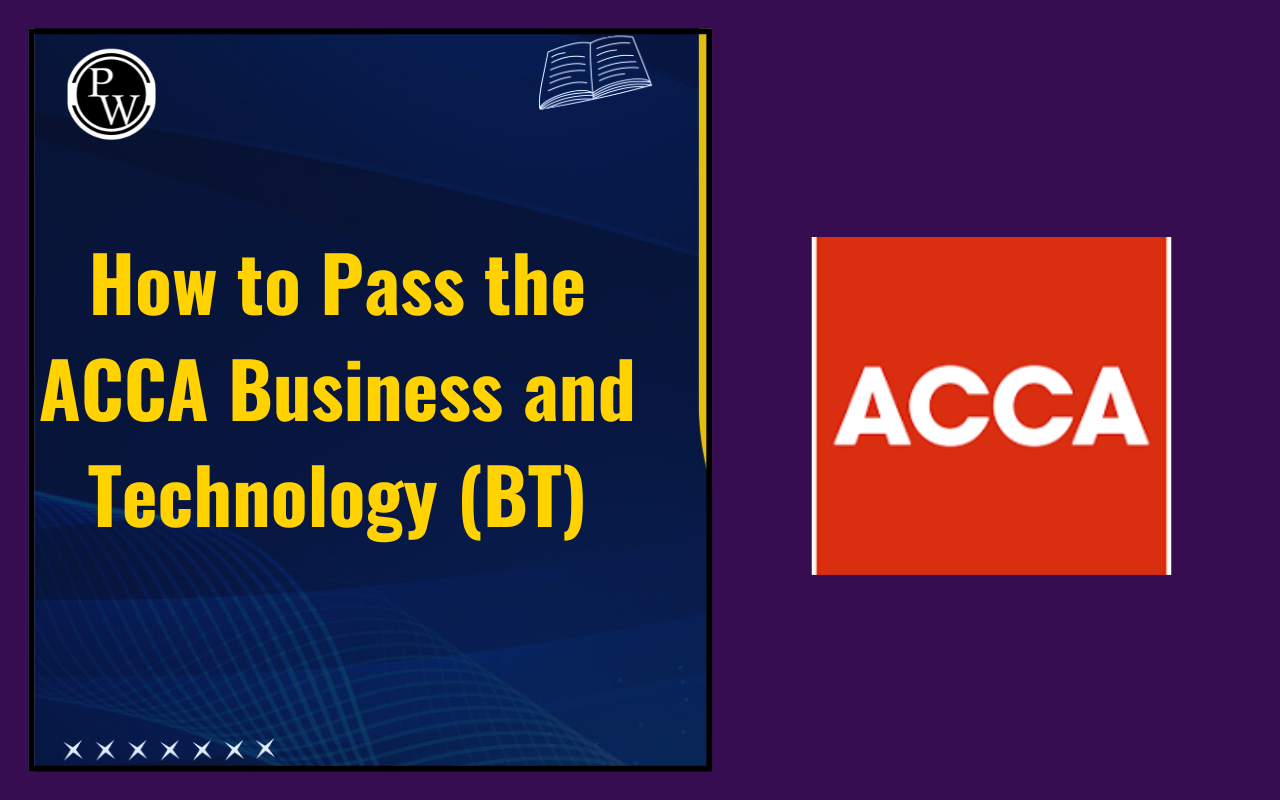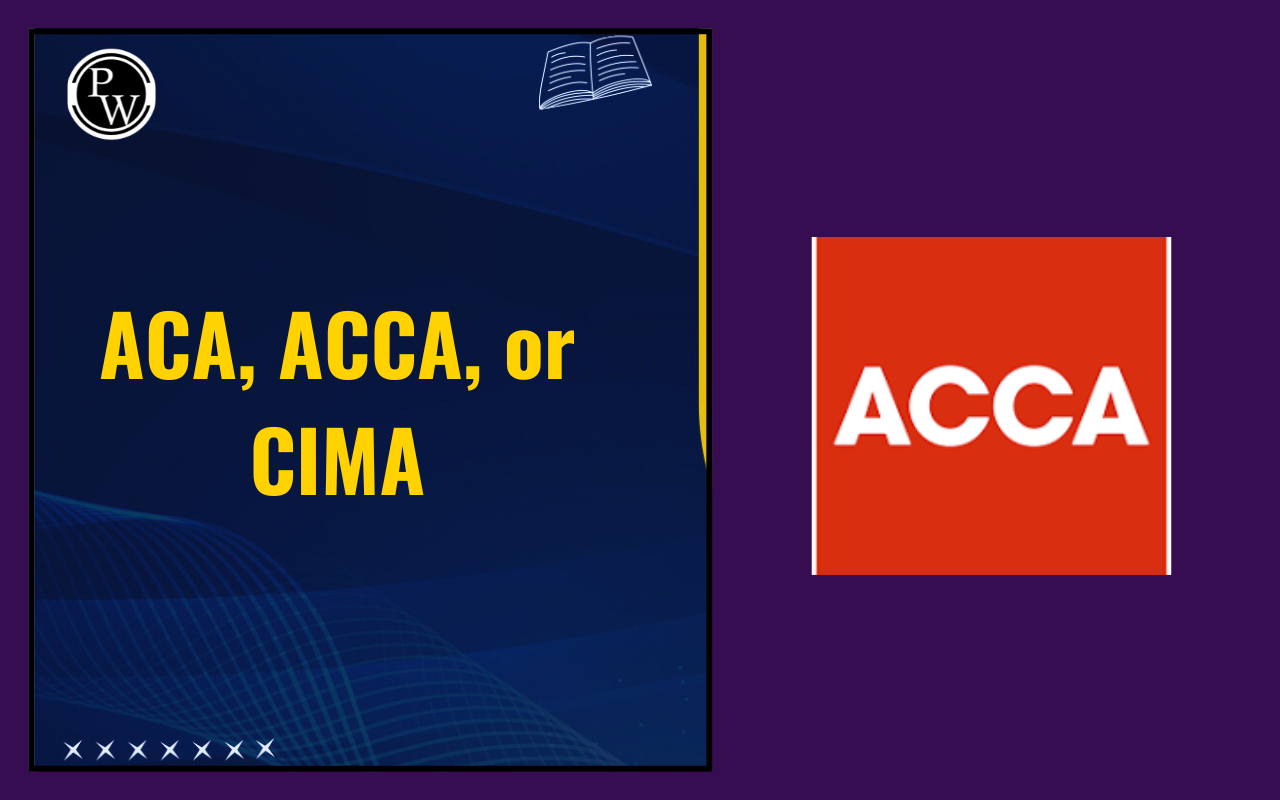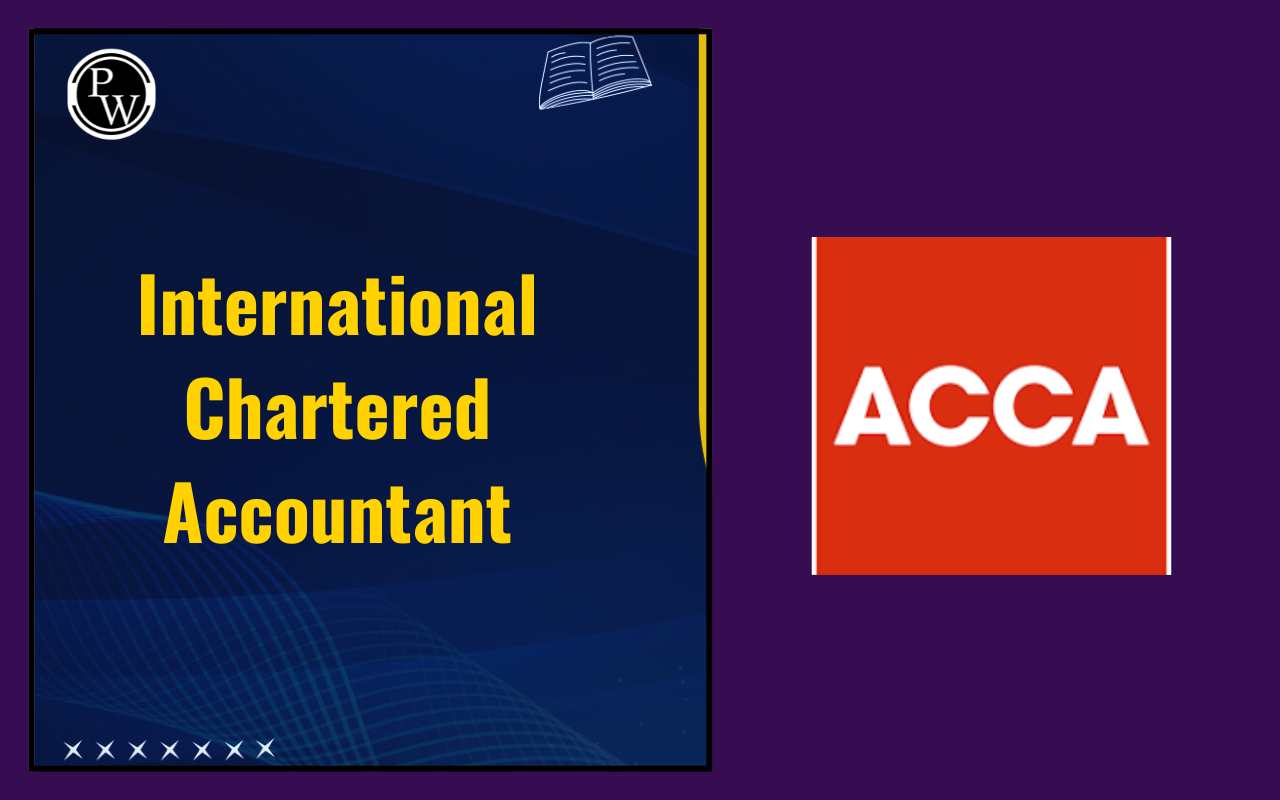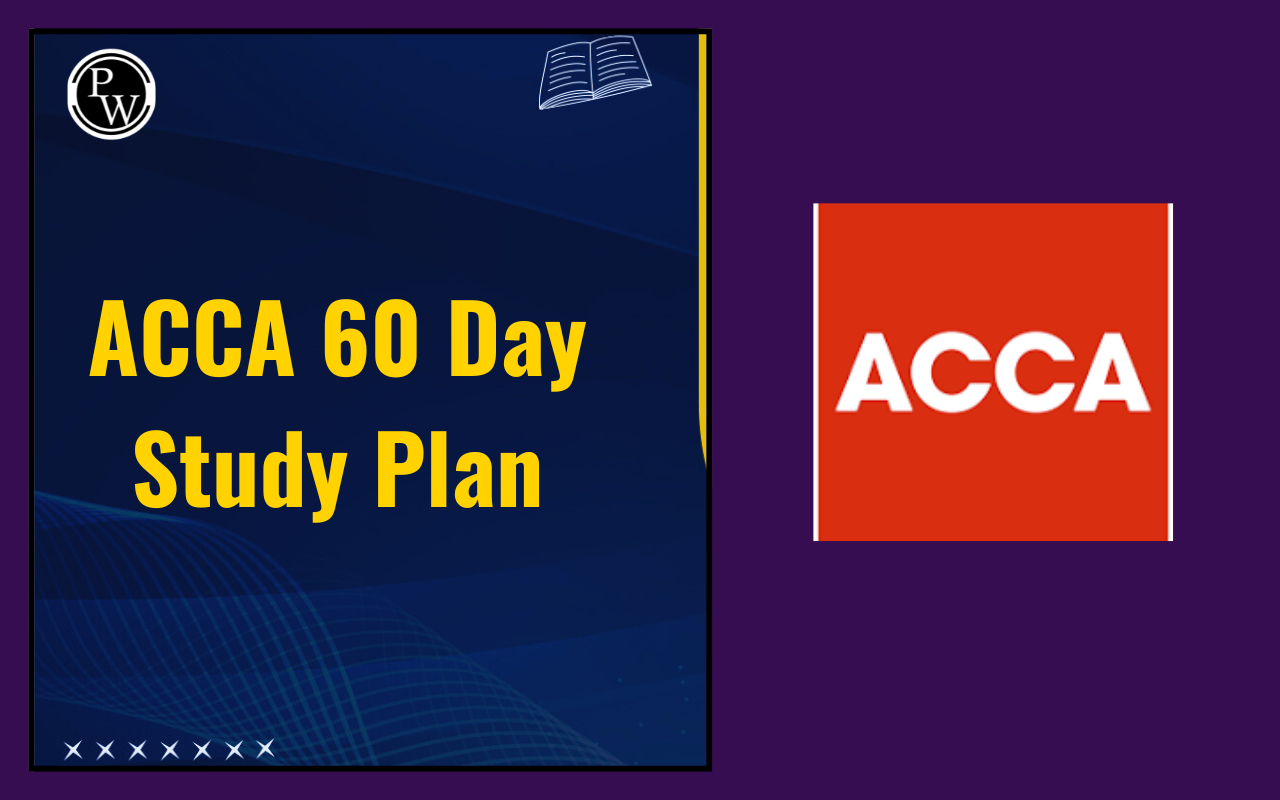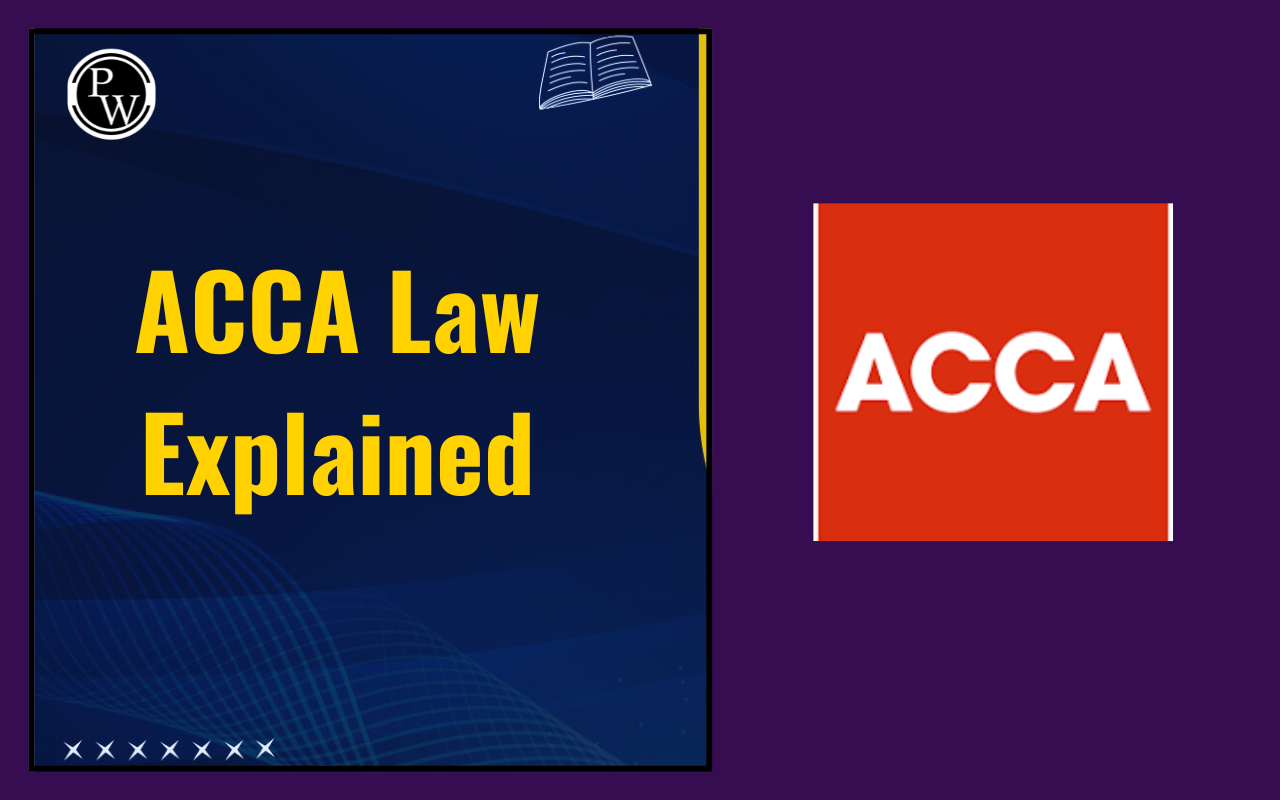
IAS 37 Provisions is an accounting standard that guides companies in recording and managing uncertain future obligations. It makes sure financial statements give a true and fair picture of a company’s financial health. This standard is very helpful for ACCA FA/F3 students as it explains how businesses plan for possible costs and report expected gains or losses.
IAS 37 Provisions covers three main areas: provisions, contingent liabilities, and contingent assets. Provisions relate to probable obligations that can be measured reliably. Contingent liabilities are possible obligations that depend on future events. Contingent assets are potential economic benefits that may arise but are uncertain. Understanding these concepts is important for both exams and practical accounting.
What are IAS 37 Provisions?
IAS 37 Provisions are amounts set aside by a company to cover future obligations that are uncertain in timing or amount. A provision acts as a financial backup for expenses that the company expects may occur.
For example, if a company is facing a legal case, it may not know the exact amount to pay, but it can estimate the likely cost. Creating a provision allows the company to record this expected expense in its financial statements.
IAS 37 Provisions helps companies be cautious and prudent in accounting. They prevent businesses from understating their liabilities or overstating profits. By understanding provisions, students learn the importance of realistic financial reporting.
Criteria for Recognizing Provisions
IAS 37 Provisions can only be recognized when certain conditions are met. These conditions ensure that only real and measurable obligations are recorded. Below, we’ve mentioned the three main criteria:
| Criteria for Recognizing Provisions | |
| Criteria | Explanation |
| Present Obligation | There must be a duty arising from a past event that creates a current obligation. |
| Probable Outflow | It is likely, with more than a 50% chance, that resources will be required to settle the obligation. |
| Reliable Estimate | The amount of the obligation can be measured reliably using reasonable estimation methods. |
Measuring IAS 37 Provisions
Once a provision is recognized, the company needs to measure it accurately. IAS 37 Provisions can be measured in two main ways. Below, we’ve mentioned the ways:
1. Single Most Likely Outcome: The Single Most Likely Outcome method is used when one result is more likely than the other. The company then records the amount that it expects to pay because it is the most probable.
Example: Imagine a company is facing a legal case. After reviewing everything, they believe it is most likely they will have to pay ₹80,000. Even though there could be other amounts, ₹80,000 is the most probable, so they record that amount in their accounts.
2. Expected Value Method: This method is used when there are several possible results, and no single one stands out as the most likely. Instead of choosing one, the company calculates an average based on the chance (probability) of each outcome happening.
For example, if a company expects three possible warranty costs of ₹50,000, ₹70,000, and ₹100,000 with probabilities of 20%, 50%, and 30%, the provision is calculated as the sum of each amount multiplied by its probability. This method helps in dealing with complex and uncertain scenarios.
Contingent Liabilities Under IAS 37
Contingent liabilities are possible obligations that depend on the outcome of future events. They are not certain enough to be recorded as provisions.
According to IAS 37 Provisions contingent liabilities:
- If the probability of an outflow of resources is less than 50%, the obligation is considered a contingent liability.
- If the amount cannot be measured reliably, it is also treated as a contingent liability.
- Contingent liabilities are disclosed in the notes to accounts but are not recognized as liabilities in the main financial statements.
For example, if a company faces a pending lawsuit where the outcome is uncertain, it discloses the case in the notes. This ensures transparency for stakeholders without affecting the company’s profit or loss.
Contingent Assets Under IAS 37
Contingent assets are potential economic benefits that may arise in the future but are uncertain. Contingent assets require disclosure or recognition based on probability.
- When the inflow of resources is likely, usually between 50% and 95%, the asset is shown in the notes to accounts.
- When the inflow is almost certain, with more than a 95% chance, it can be shown as an asset in the financial statements.
For example, if a company is expecting to receive insurance money for damaged goods, then it should mention this as a contingent asset in the notes. It will only add it to the accounts when the inflow is very likely.
Understanding contingent assets is important because it teaches students to be careful and avoid recording uncertain income too early.
IAS 37 Examples
IAS 37 Provisions examples help students connect theory with practical scenarios. Below, we’ve mentioned some common examples:
Employee Legal Cases: If a worker sues the company and the company will probably have to pay money, the company sets aside that amount in its accounts. This way, the possible payment is shown in the records even before the court decides.
Warranty Repairs: Companies selling products with a warranty must calculate repair or replacement costs. They create measures to cover these expected costs. For instance, a company selling electronics may estimate the repair costs for defective products and record a provision for this expense.
Restructuring Costs: If a company plans to close a branch or reduce staff, it estimates costs related to termination payments, relocation, or compensation. IAS 37 Provisions requires recording these costs once the obligation is confirmed.
Environmental Liabilities: Companies responsible for cleaning pollution or restoring sites must create rules for expected costs. Even if the timing or exact amount is uncertain, provisions ensure these obligations are accounted for prudently.
Preparation Tips for IAS 37 Provisions
To prepare effectively for IAS 37 Provisions in ACCA FA/F3, students should follow a structured approach.
1. Understand the Key Concepts: Focus on the main elements of IAS 37 Provisions, such as present obligation, probability, and reliable measurement. Understanding these concepts clearly is crucial for recognizing when to record provisions.
2. Differentiate Provisions, Contingent Liabilities, and Contingent Assets: Students need to understand the difference between provisions, contingent liabilities, and contingent assets. Provisions are recorded as liabilities. Contingent liabilities are only mentioned in notes. Contingent assets are either mentioned or recorded, depending on how likely they are to happen.
3. Relate to Practical Examples: Using real-life examples like lawsuits, warranty claims, restructuring, and environmental costs can help students visualize the application of IAS 37 Provisions. Practical understanding is often tested in exams.
4. Practice Measurement Techniques: Students should practice calculating provisions using both the most likely outcome method and the expected value method. This builds confidence in handling complex scenarios.
5. Create Mind Maps:
Organizing information in mind maps can help in quick revision. Students can map recognition criteria, measurement methods, and disclosure requirements to retain the concepts effectively.
6. Pay Attention to Notes to Accounts: Contingent liabilities and assets are disclosed in the notes. Practicing disclosure examples ensures students can answer both theoretical and practical questions.
7. Apply Cautiousness: Students should avoid extreme assumptions. Recording only probable and measurable obligations reflects prudence in accounting and aligns with IAS 37 Provisions requirements.
IAS 37 Provisions contingent liabilities and contingent assets are essential topics in ACCA FA/F3. IAS 37 Provisions help companies prepare for uncertain future obligations, while contingent liabilities and assets ensure transparency in financial statements.
Understanding recognition criteria, measurement methods, and practical examples of IAS 37 Provisions makes the standard easier to learn. Practicing calculations, creating mind maps, and focusing on carefulness help students perform well in exams and apply concepts in real-life accounting.
IAS 37 Provisions is not only a theoretical topic, but it is a tool that is for realistic financial reporting and responsible management of liabilities and potential assets. By understanding these concepts, students gain the knowledge to handle complex accounting situations effectively.
IAS 37 Provisions FAQs
What does IAS 37 mainly talk about?
What is a provision in simple words?
What is the difference between a provision and a contingent liability?
What is a contingent asset?

